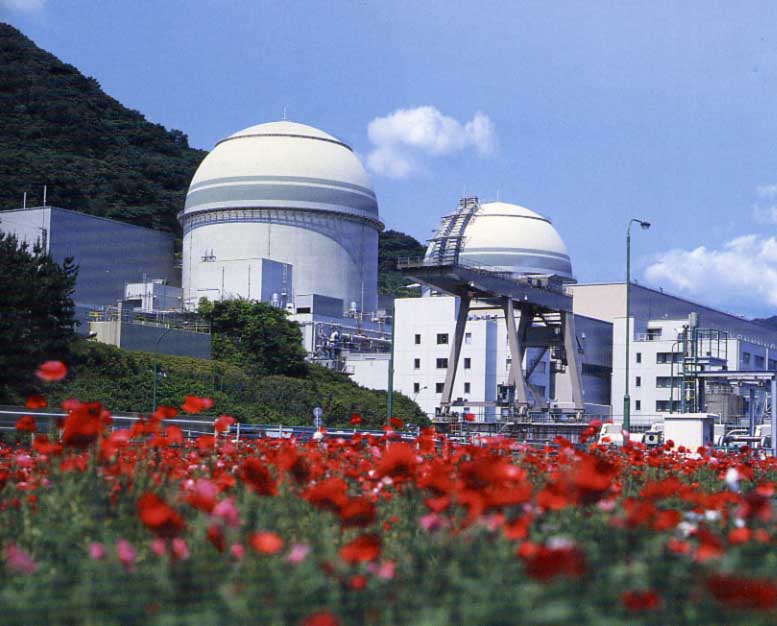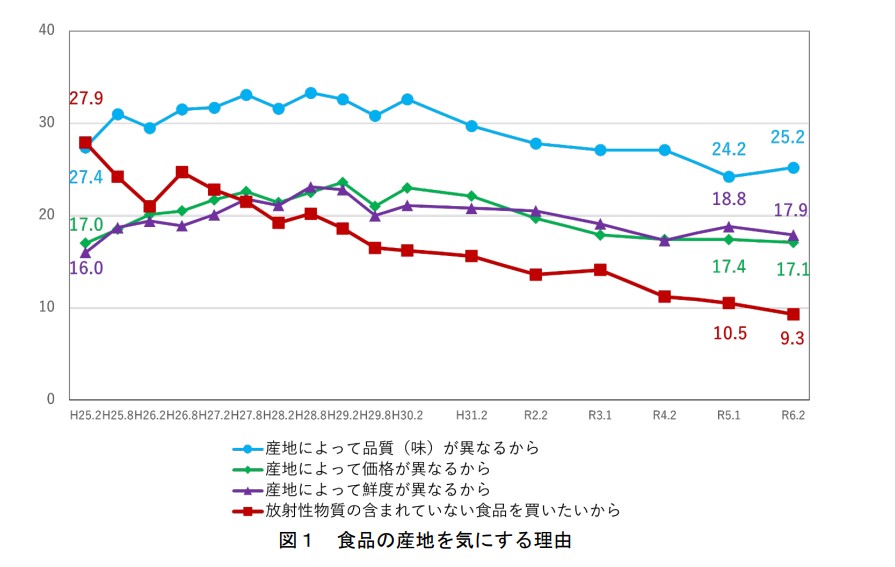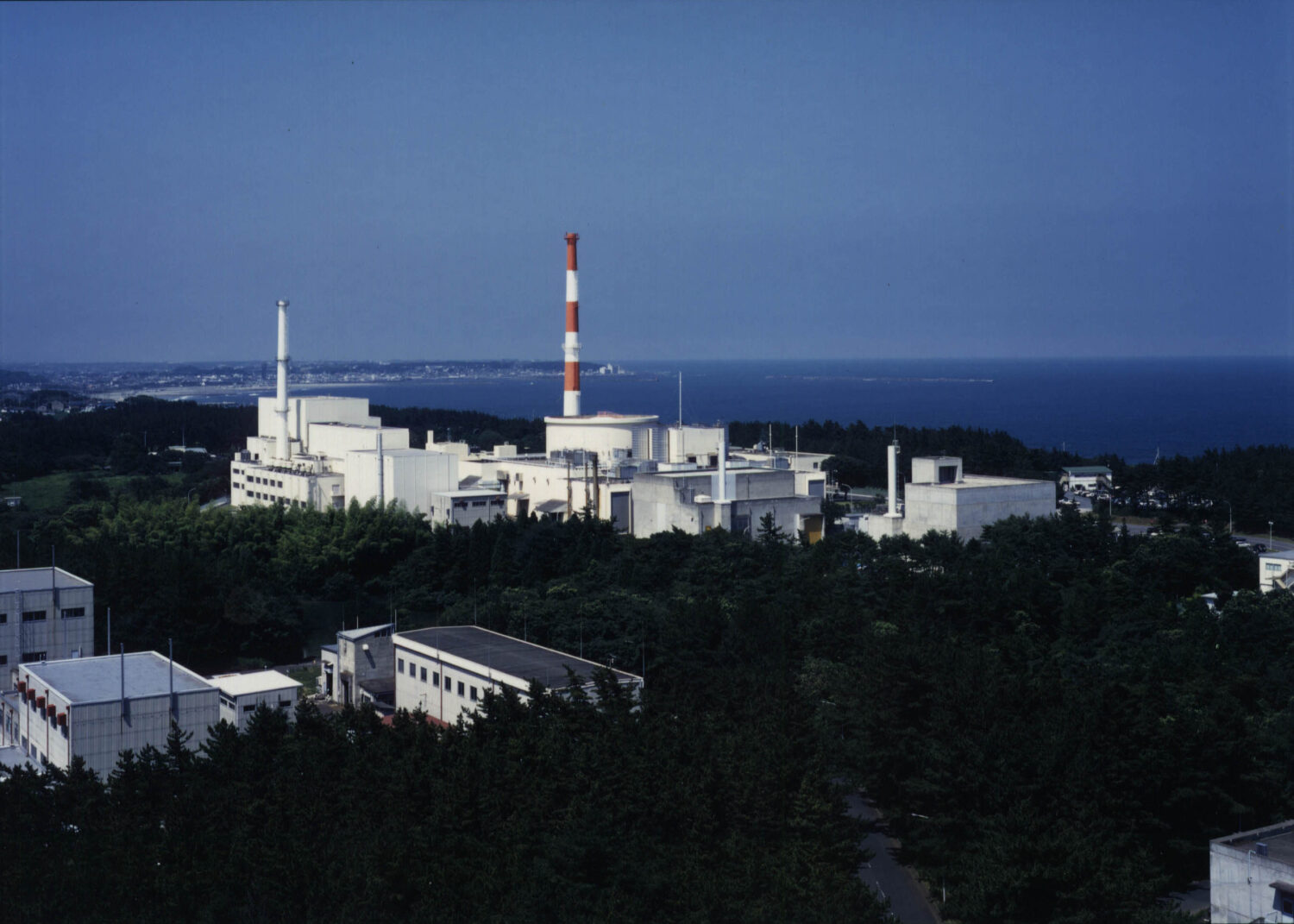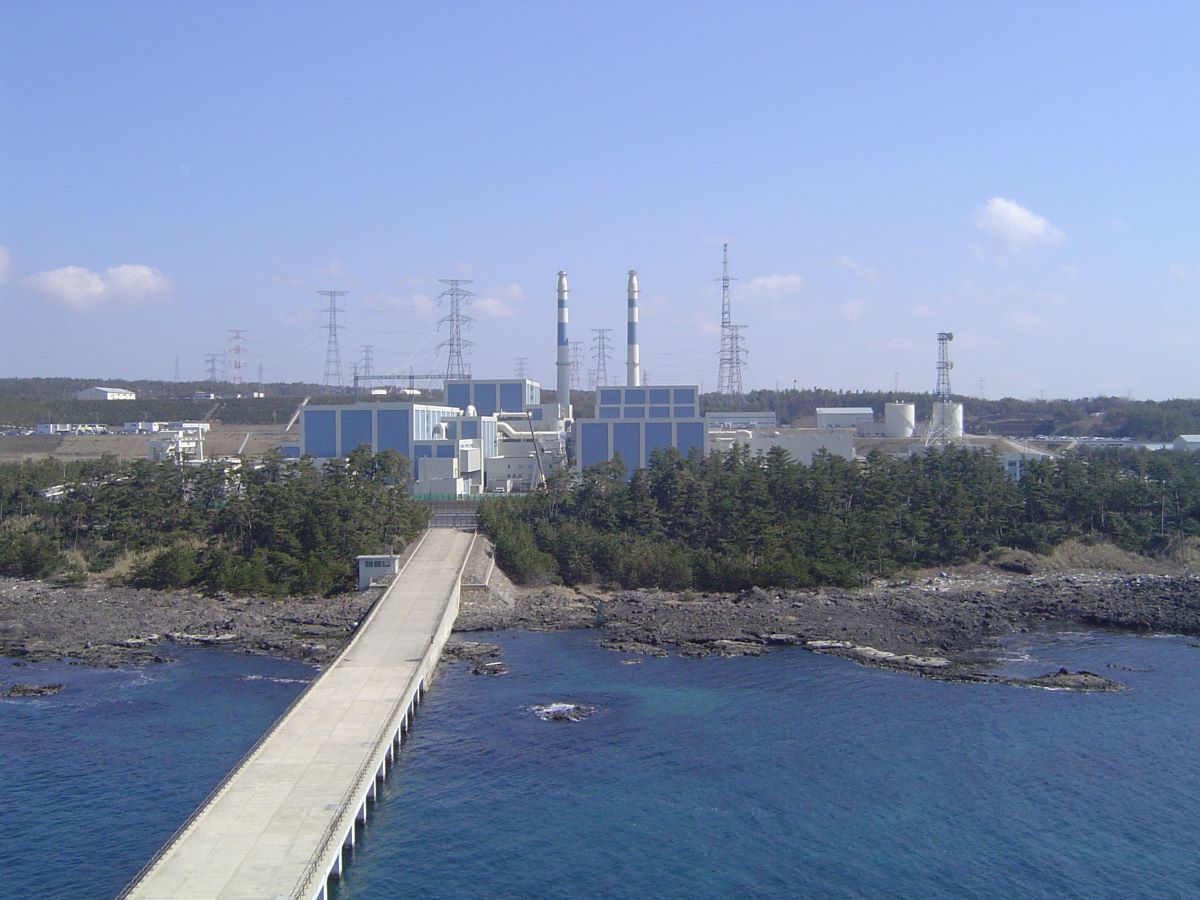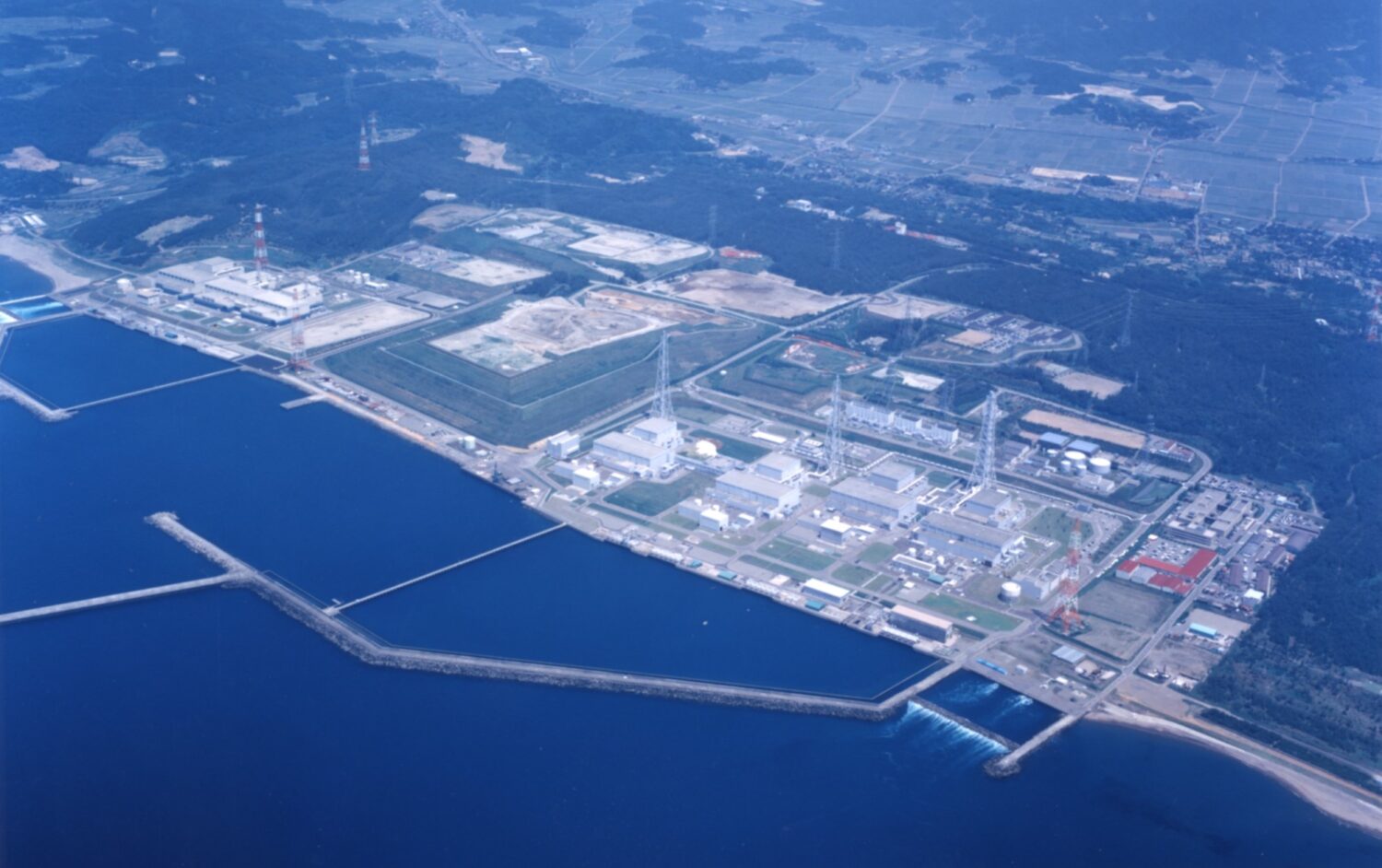It was a 3-1 decision by the four-judge panel, presided by Judge KANNO Hiroyuki. Lower courts had reached differing conclusions in each of the four lawsuits. Previously, high Courts, hearing appeals, had ruled against the state in all but the case from Gunma.
About thirty similar cases are being pursued nationally, and the decision may have a substantial effect on those. The liability of the Tokyo Electric Power Co., Inc. (TEPCO) was finalized by the Supreme Court in March.
The focal point of the four cases was whether or not the long-term evaluation of seismic activity off the Sanriku Coast and down to the Boso Peninsula, released by the Headquarters for Earthquake Research Promotion in 2022, was reliable, and whether the accident could have been prevented had the government predicted the huge tsunami and required TEPCO to take measures.
According to the summary of the decision, the tsunami calculation based on the long-term evaluation was reasonable, as it was based on a sufficient consideration for safety in response to worst-case scenarios considered at that time. The long-term evaluation was based on the possibility of an M8.2 earthquake. The earthquake that occurred in the Tohoku region in 2011 was M9.1.
Even if a seawall had been designed based on the long-term evaluation, it is highly unlikely that it could have prevented the flooding by seawater due to the actual tsunami that did occur. It was concluded that even if the head of the Ministry of Economy, Trade and Industry (METI) had exercised regulatory authority under the Electricity Act, “it has to be said that an accident would still be a substantial possibility,” the court said in rejecting the plaintiffs’ claims.
Following the decision by the Supreme Court, Chief Cabinet Secretary MATSUNO Hirokazu, at a press conference on June 17, said that he understood that “non-exercise by the state of its regulatory powers is not illegal.” The government would, he said, continue to “be with the affected people,” and endeavor to “work with full force toward the reconstruction of Fukushima.”
Also on June 17, Chairman FUKETA Toyoshi of the Nuclear Regulation Authority of Japan (NRA), after the ruling of no state liability for damages in the accident at Fukushima Daiichi, released a comment that read, “The NRA will continue to face the threats of nature with humility as it diligently collects new information and makes a sustained effort to re-examine regulations.”
Chairman Fuketa further stated, “Although no illegality or obligation to indemnify was recognized in the state’s non-exercise of regulatory powers, diverse problems related to conventional nuclear regulation were pointed out in various accident investigation reports.”
Saying that the NRA was established after a deep reflection of prior regulation, he said that it would “strive to have the lessons learned from the accident reflected in future regulation.” That, he said, would include issuing new regulatory standards to strengthen measures against natural events and severe accidents, as well as in regard to implementing a backfitting system.






















.jpg)


